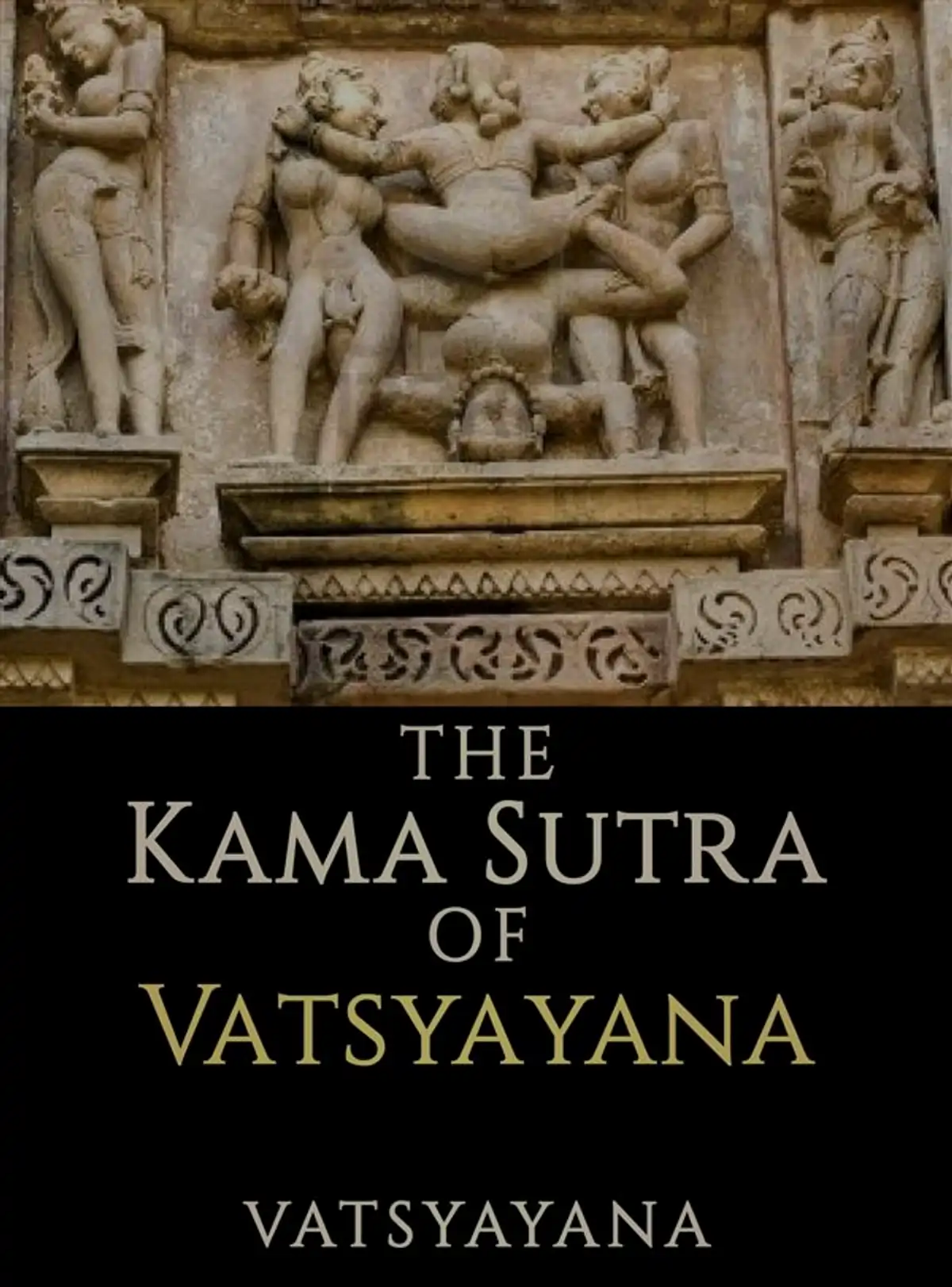How to Get Free Kama Sutra of Vatsyayana कामसूत्र

How to Get Free Kama Sutra of Vatsyayana कामसूत्र
Introduction to Kama Sutra
The Kama Sutra, often referred to as the ancient Indian text on love and sexual behavior, holds a significant place in the history of literature. Despite its reputation, the Kama Sutra is more than just a manual for sexual positions. It’s a comprehensive guide to human relationships, encompassing love, desire, pleasure, and fulfillment. However, there are several misconceptions surrounding this ancient text that need to be addressed.
Understanding the Origins of Kama Sutra
Attributed to Vatsyayana, an ancient Indian philosopher, the Kama Sutra is believed to have been composed between the 1st and 6th centuries CE. Its roots lie in the cultural and philosophical landscape of ancient India, where the pursuit of pleasure and the art of lovemaking were regarded as essential aspects of human life.
The Essence of Kama Sutra
At its core, the Kama Sutra is a philosophical treatise that explores the nature of desire and the pursuit of pleasure. It emphasizes the importance of understanding one’s own desires and those of their partner, fostering intimacy and mutual satisfaction.
Myths Surrounding Kama Sutra
One of the most common misconceptions about the Kama Sutra is that it is a mere manual for sexual positions. In reality, it offers a holistic approach to relationships, encompassing physical, emotional, and spiritual dimensions. Another misconception is that the Kama Sutra promotes promiscuity or hedonism, which is far from the truth. It advocates for ethical and responsible behavior in all aspects of life.
Availability of Free Kama Sutra
Fortunately, for those interested in exploring the Kama Sutra, there are several resources available online where you can access the text for free. Many editions of the Kama Sutra are now in the public domain, making them accessible to anyone interested in studying this ancient text.
Ethical Considerations
While accessing the Kama Sutra for free is convenient, it’s essential to approach it with respect and cultural sensitivity. As a text with roots in ancient Indian culture, it’s crucial to acknowledge and honor its significance while studying and discussing its teachings.
Exploring Kama Sutra
The Kama Sutra is divided into seven sections, each focusing on different aspects of relationships, from courtship and marriage to extramarital affairs and seduction techniques. By exploring these chapters, readers can gain insights into the complexities of human desires and the dynamics of intimate relationships.
Benefits of Studying Kama Sutra
Studying the Kama Sutra can offer numerous benefits, including enhancing intimacy, improving communication, and deepening emotional connections with partners. By understanding and applying its principles, individuals can enrich their relationships and cultivate greater satisfaction and fulfillment.
Applying Kama Sutra Principles
Applying the principles of the Kama Sutra in modern relationships involves open communication, mutual respect, and consent. Rather than focusing solely on sexual techniques, it encourages partners to explore each other’s desires and preferences, fostering a deeper connection and greater intimacy.
Modern Interpretations
In recent years, there has been a resurgence of interest in the Kama Sutra, with many contemporary authors offering new interpretations and adaptations for modern audiences. These adaptations aim to make the teachings of the Kama Sutra more accessible and relevant to today’s society, addressing issues such as consent, diversity, and gender equality.
Cultural Sensitivity
As with any ancient text, it’s essential to approach the Kama Sutra with cultural sensitivity and awareness. While its teachings can offer valuable insights into human relationships, it’s crucial to avoid appropriating or misinterpreting its cultural context.
Critiques and Controversies
Despite its enduring popularity, the Kama Sutra has faced criticism from various quarters, including feminist scholars who argue that it perpetuates gender stereotypes and reinforces patriarchal norms. While these critiques are valid, they also highlight the need for a nuanced understanding of the text and its historical context.
Legalities of Accessing Kama Sutra
In terms of accessing the Kama Sutra, it’s essential to consider the legalities involved, especially concerning copyright and intellectual property rights. Many editions of the Kama Sutra are now in the public domain, but it’s essential to verify the status of the text before accessing or distributing it.
Promoting Healthy Relationships
Ultimately, the teachings of the Kama Sutra can serve as a valuable guide for promoting healthy and fulfilling relationships. By fostering communication, understanding, and mutual respect, individuals can cultivate deeper connections with their partners and experience greater satisfaction in their intimate lives.
Conclusion
In conclusion, the Kama Sutra remains a timeless and relevant text that offers valuable insights into the complexities of human relationships. By studying its teachings with an open mind and a critical eye, individuals can enrich their understanding of love, desire, and intimacy, leading to more fulfilling and satisfying relationships.
FAQs:
-
Is the Kama Sutra only about sexual positions?
No, the Kama Sutra covers a wide range of topics related to human relationships, including courtship, marriage, and emotional intimacy.
-
Is the Kama Sutra still relevant today?
Yes, many of its teachings on communication, consent, and mutual pleasure are applicable in modern relationships.
-
Can anyone access the Kama Sutra for free?
Yes, there are several editions of the Kama Sutra available in the public domain, which can be accessed for free online.
-
Does studying the Kama Sutra promote promiscuity?
No, the Kama Sutra advocates for ethical and responsible behavior in all aspects of life, including relationships.
-
Are there modern adaptations of the Kama Sutra available?
Yes, many contemporary authors have offered new interpretations and adaptations of the Kama Sutra for modern audiences.





